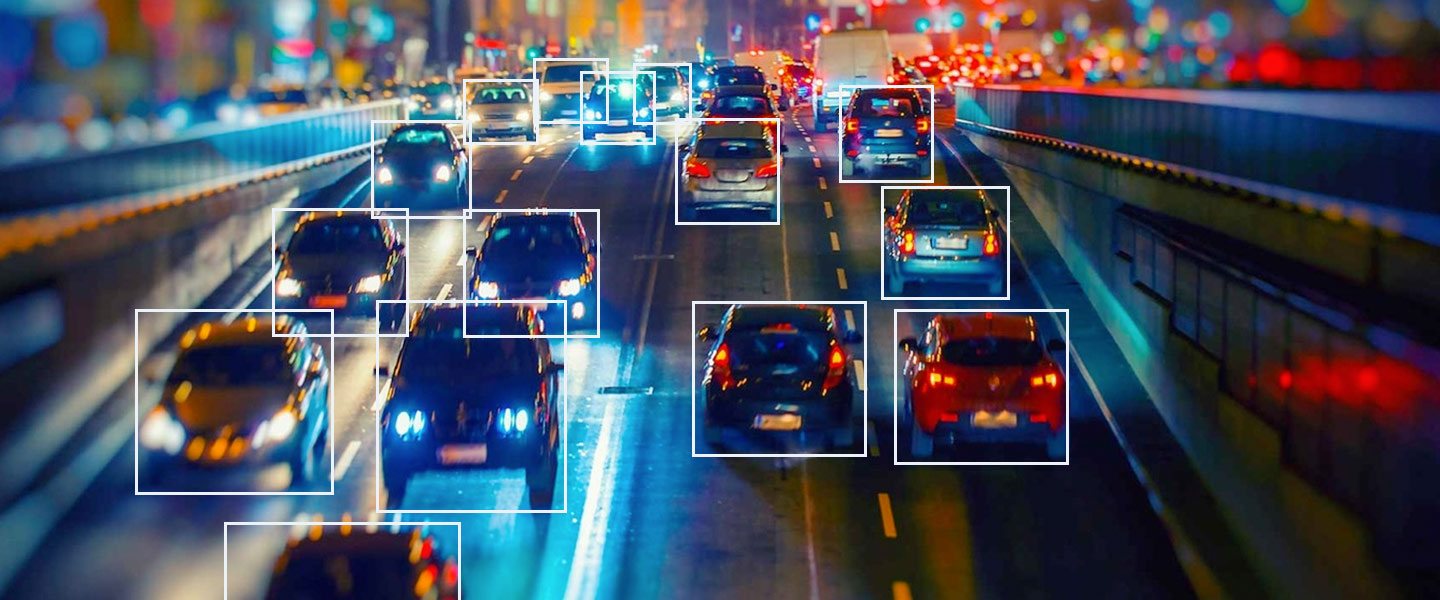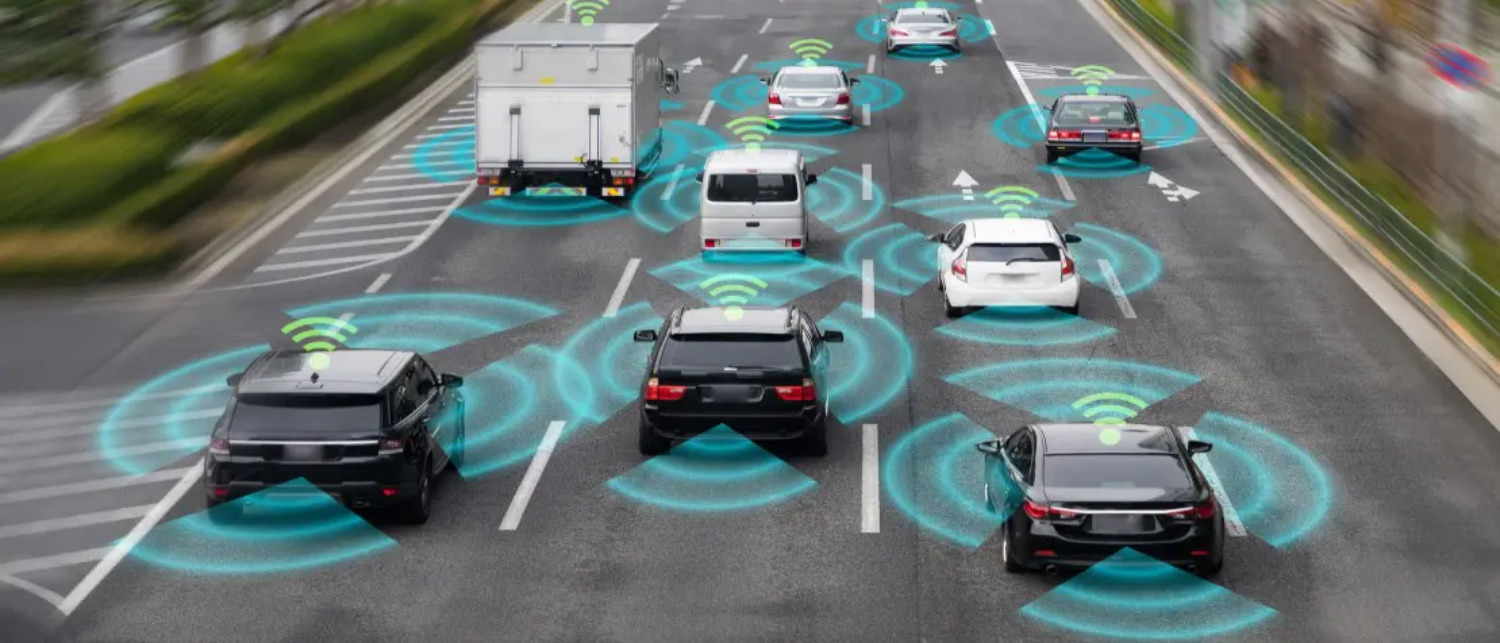
Traffic congestion. It’s a collective sigh, a shared frustration, and a drain on time, productivity, and the environment. But as cities grow and traffic volumes surge, AI is emerging as a game-changer, transforming how we navigate our urban landscapes.
Traffic Whisperer: Decoding the Chaos
AI excels at recognizing patterns within vast amounts of data. In the realm of traffic, this means:
- Analyzing real-time traffic data: AI devours information from a network of sensors, cameras, and connected vehicles, monitoring traffic flow, pinpointing congestion hot spots, and predicting future patterns.
- Understanding historical trends: It analyzes historical traffic data to uncover recurring patterns, such as rush hour bottlenecks and weekend getaway surges.
- Incorporating external factors: Weather conditions, road closures, and events like concerts or sports games can all impact traffic flow. AI systems integrate this information for a more comprehensive understanding.
Rerouting for Efficiency:
With this knowledge, AI orchestrates intelligent routing strategies:
- Adaptive traffic signals: Instead of relying on fixed schedules, AI adjusts signal timings in real-time to accommodate fluctuating traffic volumes, optimizing flow and reducing wait times.
- Personalized navigation: GPS apps powered by AI suggest routes that bypass congestion, saving drivers time and fuel.
- Dynamic lane management: AI can designate reversible lanes or adjust priority for high-occupancy vehicles to maximize road capacity based on demand.
- Predictive traffic alerts: Drivers receive advance warnings about upcoming congestion or accidents, enabling them to make informed route choices.
Beyond Cars: Harmonizing the Urban Symphony
AI’s reach extends beyond individual vehicles, orchestrating a symphony of urban mobility:
- Public transit optimization: AI analyzes passenger demand patterns to optimize bus routes and schedules, reducing wait times and improving efficiency.
- Coordinating ride-sharing: AI can match riders with available vehicles more efficiently, reducing empty rides and overall traffic volume.
- Prioritizing emergency vehicles: AI systems can clear paths for ambulances, fire trucks, and police cars, ensuring their swift passage through congested areas.
The Road Ahead:

As AI matures and autonomous vehicles become more prevalent, the possibilities for traffic optimization expand:
- Vehicle-to-vehicle communication: Cars will seamlessly communicate with each other, coordinating maneuvers and avoiding collisions, creating a smoother, safer flow.
- Predictive maintenance: AI will anticipate and prevent traffic disruptions caused by road damage or infrastructure failures.
AI’s potential to transform traffic management is vast. By embracing its capabilities, we can reimagine our urban landscapes, shaping cities where the journey is less about congestion and more about seamless, efficient movement.
















Add Comment